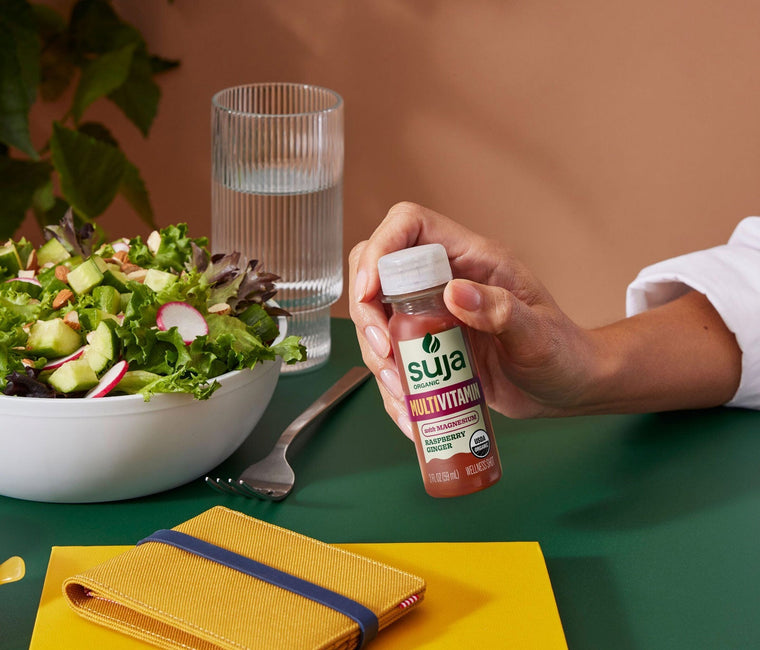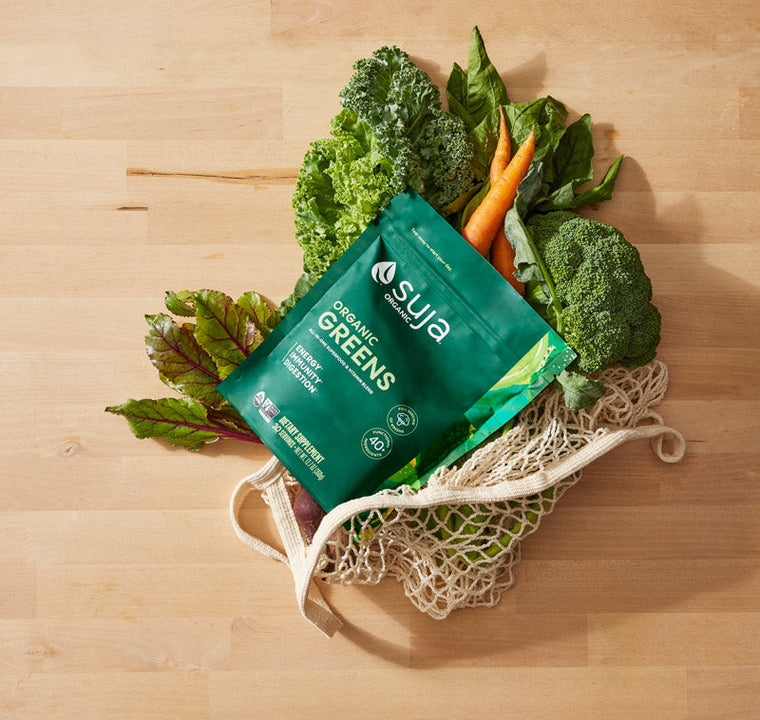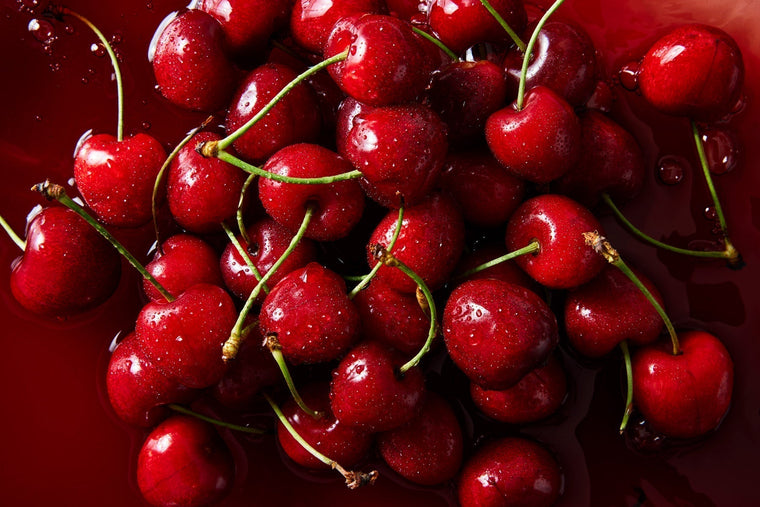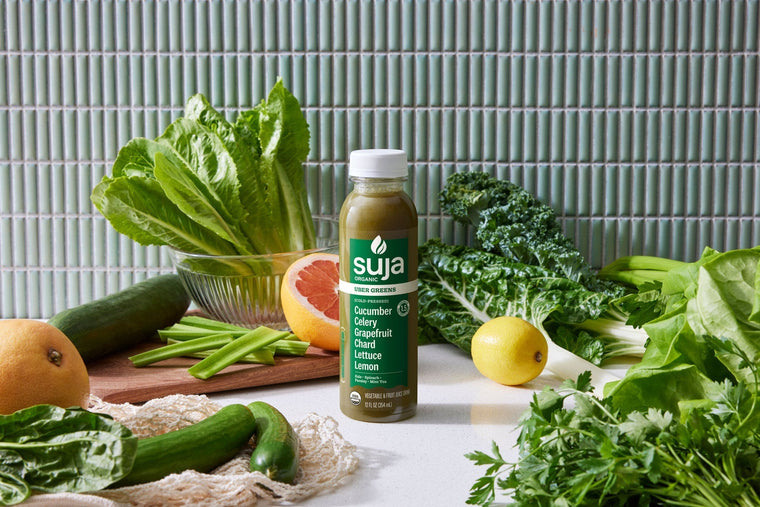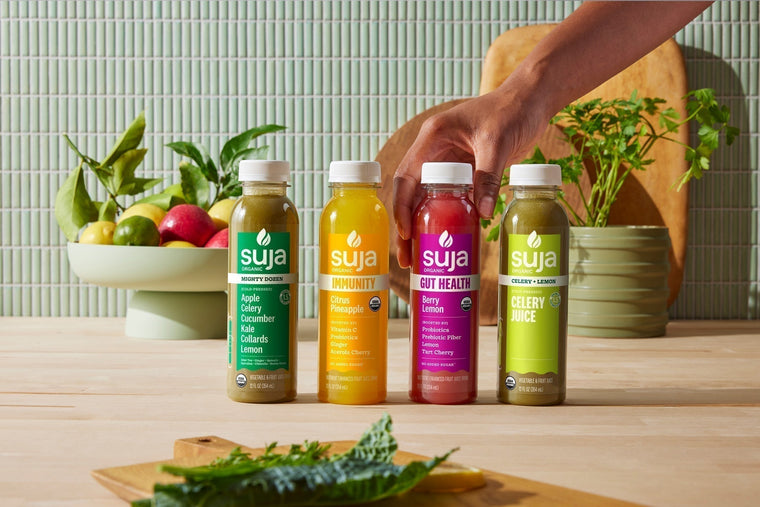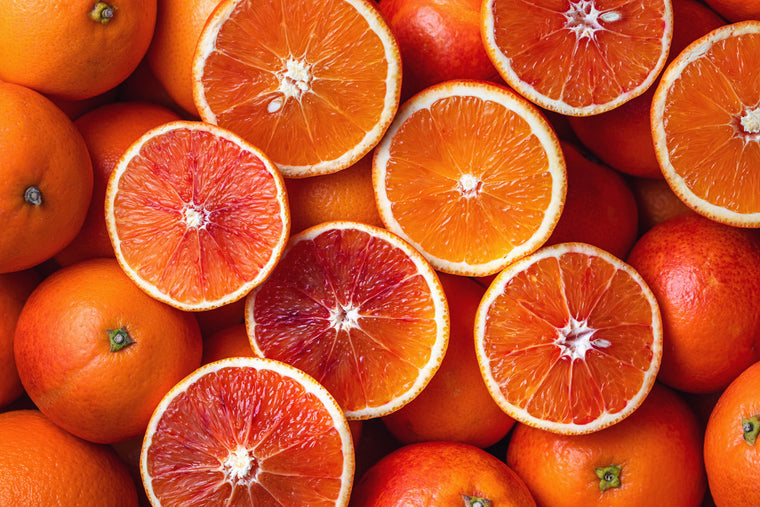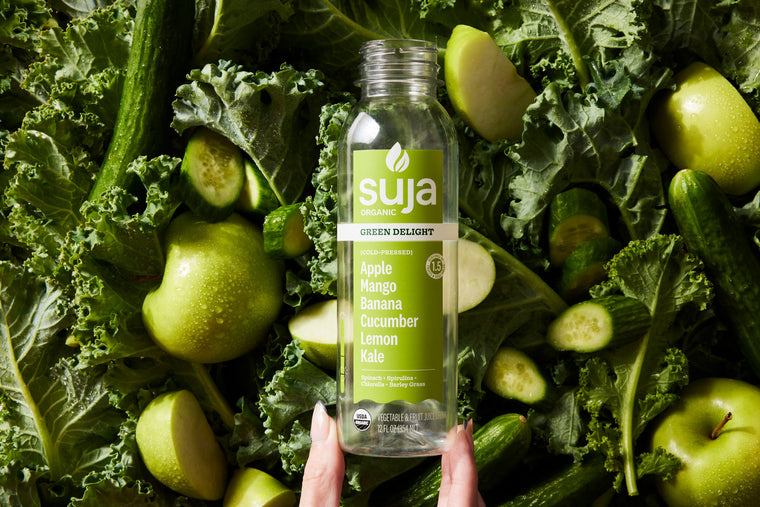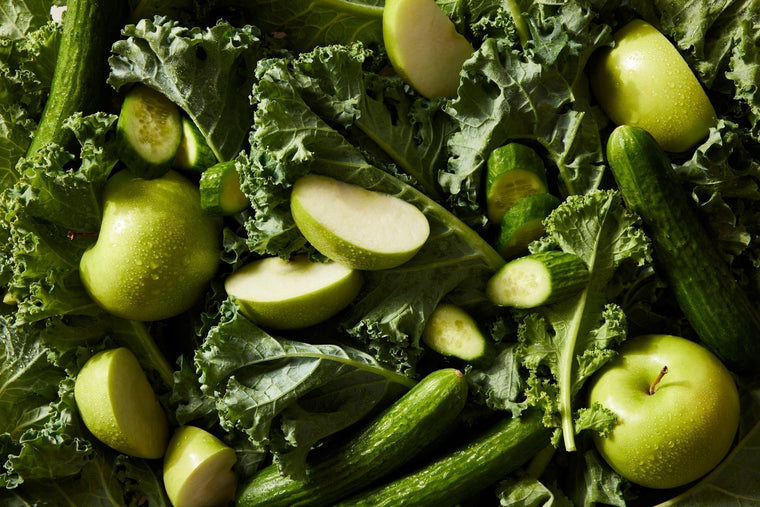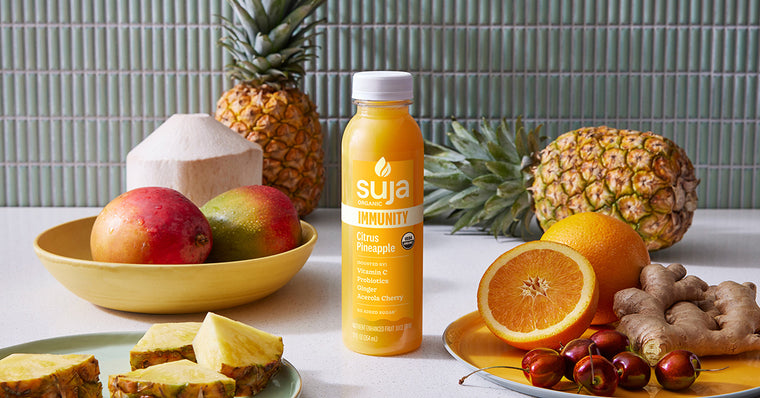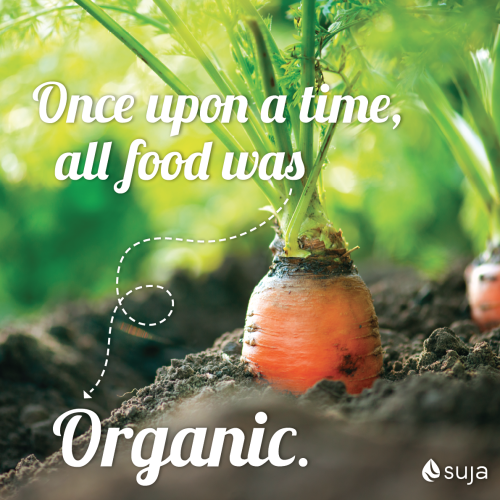
Some of you may have seen this quote going around – “Once upon a time, all food was organic”. While this may sound like a fairy tale or wishful thinking, it’s actually completely accurate. In fact, while the term itself wasn’t coined until the 1930s, all food was “organic” for the majority of human history.
It wasn’t until the beginning of the 20
th century that synthetic pesticides and chemical fertilizers were introduced into agriculture.
So what exactly does “Organic” mean and how does it affect the foods that we buy and consume?
By definition, Organic means that the food has been grown without the use of synthetic fertilizers, insecticides, growth hormones, antibiotics and chemical pesticides. Additionally, organic foods do not contain GMOs and cannot be irradiated.
Whether or not Organic foods are healthier and safer for us to consume is a highly contested issue. However, multiple studies have been released pointing to higher nutrient density and lower toxicity in Organic foods. In 2010, Washington State University released a study stating that organic strawberries have higher levels of antioxidants, taste better and last longer than their conventional counterpart. Additionally, in 2009, a French Agency for Food Safety report showed that organic food has higher levels of polyphenols in fruits and vegetables, organic meat and milk products had higher amounts of polyunsaturated fatty acids and wholegrain cereals had more nutrients than conventional cereals.
When choosing
Organic foods to buy, it is important to ensure that the product has an official Organic seal. Many people are familiar with the white and green USDA Organic seal. However, it’s actually not the USDA that is certifying products. Organizations such as the California Certified Organic Farmers (CCOF) or Quality Assurance International (QAI) certify ingredients and products as Organic, ensuring that they follow certain standards. Then, once they issue their seal, the USDA releases theirs to those same companies who wish to place this on their products. The USDA Organic seal was developed to ensure that each of these independent agencies were certifying farms and companies using the same, government-issued standards.
These standards vary from country to country, but generally include –
- Avoidance of synthetic chemicals including fertilizer, pesticides, antibiotics, food additives, GMOs, irradiation and the use of sewage sludge
- Use of farmland that has been free of prohibited chemicals for three or more years
- For livestock, adhering to certain standards related to feed (which also has to be organic), housing and breeding practices
- Keeping detailed logs and sales records
- Maintaining strict separation of Organic foods from non-Organic foods
- Undergoing periodic inspections
What most people don’t realize is that USDA Organic does not mean 100% Organic. USDA Organic ensures that only 95% of ingredients are organic. This allows for certain ingredients which cannot technically be Organic, such as water.
Additional Facts
What about the difference between Non-GMO & Organic? Well, if a product is Organic it means that it does not contain GMOs. However, a product that is GMO-free is not necessarily organic and may still contain antibiotics, hormones & synthetic chemicals.
Seafood makes up one large portion of the food supply that does not quality to be labeled as Organic. This is because much of the seafood we eat comes from the sea, which is impossible to regulate on a large scale. Organic fish would mostly mean that fish consumed only Organic ingredients but again, it is impossible to prove this when the fish come from the sea. Farmed fish are also not considered organic, mostly because organic feed is not a widely used practice but also because of the issue in regulating wild fish, which are often considered to be more “pure” and contain higher levels of nutrients. This becomes even more complicated when you consider types of seafood that do not consume “food” such as mollusks which filter water for food. For now, wild-caught and farm-raised are the two most common classifications of fish.
Cheers,
Anya Kaats and
Suja Juice
 Some of you may have seen this quote going around – “Once upon a time, all food was organic”. While this may sound like a fairy tale or wishful thinking, it’s actually completely accurate. In fact, while the term itself wasn’t coined until the 1930s, all food was “organic” for the majority of human history.
It wasn’t until the beginning of the 20th century that synthetic pesticides and chemical fertilizers were introduced into agriculture.
So what exactly does “Organic” mean and how does it affect the foods that we buy and consume?
By definition, Organic means that the food has been grown without the use of synthetic fertilizers, insecticides, growth hormones, antibiotics and chemical pesticides. Additionally, organic foods do not contain GMOs and cannot be irradiated.
Whether or not Organic foods are healthier and safer for us to consume is a highly contested issue. However, multiple studies have been released pointing to higher nutrient density and lower toxicity in Organic foods. In 2010, Washington State University released a study stating that organic strawberries have higher levels of antioxidants, taste better and last longer than their conventional counterpart. Additionally, in 2009, a French Agency for Food Safety report showed that organic food has higher levels of polyphenols in fruits and vegetables, organic meat and milk products had higher amounts of polyunsaturated fatty acids and wholegrain cereals had more nutrients than conventional cereals.
When choosing Organic foods to buy, it is important to ensure that the product has an official Organic seal. Many people are familiar with the white and green USDA Organic seal. However, it’s actually not the USDA that is certifying products. Organizations such as the California Certified Organic Farmers (CCOF) or Quality Assurance International (QAI) certify ingredients and products as Organic, ensuring that they follow certain standards. Then, once they issue their seal, the USDA releases theirs to those same companies who wish to place this on their products. The USDA Organic seal was developed to ensure that each of these independent agencies were certifying farms and companies using the same, government-issued standards.
These standards vary from country to country, but generally include –
Some of you may have seen this quote going around – “Once upon a time, all food was organic”. While this may sound like a fairy tale or wishful thinking, it’s actually completely accurate. In fact, while the term itself wasn’t coined until the 1930s, all food was “organic” for the majority of human history.
It wasn’t until the beginning of the 20th century that synthetic pesticides and chemical fertilizers were introduced into agriculture.
So what exactly does “Organic” mean and how does it affect the foods that we buy and consume?
By definition, Organic means that the food has been grown without the use of synthetic fertilizers, insecticides, growth hormones, antibiotics and chemical pesticides. Additionally, organic foods do not contain GMOs and cannot be irradiated.
Whether or not Organic foods are healthier and safer for us to consume is a highly contested issue. However, multiple studies have been released pointing to higher nutrient density and lower toxicity in Organic foods. In 2010, Washington State University released a study stating that organic strawberries have higher levels of antioxidants, taste better and last longer than their conventional counterpart. Additionally, in 2009, a French Agency for Food Safety report showed that organic food has higher levels of polyphenols in fruits and vegetables, organic meat and milk products had higher amounts of polyunsaturated fatty acids and wholegrain cereals had more nutrients than conventional cereals.
When choosing Organic foods to buy, it is important to ensure that the product has an official Organic seal. Many people are familiar with the white and green USDA Organic seal. However, it’s actually not the USDA that is certifying products. Organizations such as the California Certified Organic Farmers (CCOF) or Quality Assurance International (QAI) certify ingredients and products as Organic, ensuring that they follow certain standards. Then, once they issue their seal, the USDA releases theirs to those same companies who wish to place this on their products. The USDA Organic seal was developed to ensure that each of these independent agencies were certifying farms and companies using the same, government-issued standards.
These standards vary from country to country, but generally include –

